
The Guide to Prenatal Yoga with Do’s and Don’ts
I love kids and one of my favourite YouTube channels is ‘2 in a Zoo’, which is about a beautiful Chandler family. They were expecting twins this November but a few days back mom Melanie had a miscarriage where she lost one of her babies. It’s sad when this happens. Though they have three beautiful boys and one adopted Indian daughter, they were happily expecting twin girls.
Table of Contents
The reason for miscarriage can be any but the most important fact is that any woman who is pregnant needs special care to have healthy babies. There was a time when expecting moms were traditionally told to rest all through the period but now doctors especially recommend moms to be active and continue light physical work.
Many young women go for prenatal yoga because it is considered one of the safest ways to stay physically and mentally fit during pregnancy. But one needs to take care and work at these yoga shops with precaution.
Why Prenatal Yoga is important during pregnancy?
- It helps you prepare your body for the upcoming labor and birth.
- You feel relaxed and stress free.
- You socialize among people at the yoga studio and feel emotional stable.
- Taking pregnancy yoga classes allows you to meet other moms-to-be and learn about childbirth.
- You learn how to breathe properly, increase your stamina and strengthen your pelvic muscles.
Yoga poses to avoid during pregnancy
As your body is undergoing certain physical changes, you need to avoid certain yoga poses and also you will have to change your yoga sequence on the course. Doing the wrong yoga poses or getting into the hands of an inexperienced prenatal yoga instructor you and your baby are at risk and also can be a threat to your life.
So to avoid any discomfort and difficulty do not perform the following yoga poses during pregnancy as it may cause complications.
1. Yoga poses that makes you jump and asks for lots of movement

Jumping and excess movement yoga exercises will put your body at risk and will make you more nauseous. This is because it will get you into serious complications especially for the first three months of pregnancy as the embryo is starting its journey to develop. On the other hand, if you perform restorative and grounding poses it will help the foetal development and you fit and healthy.
2. Yoga poses where you need to twist and compress your body
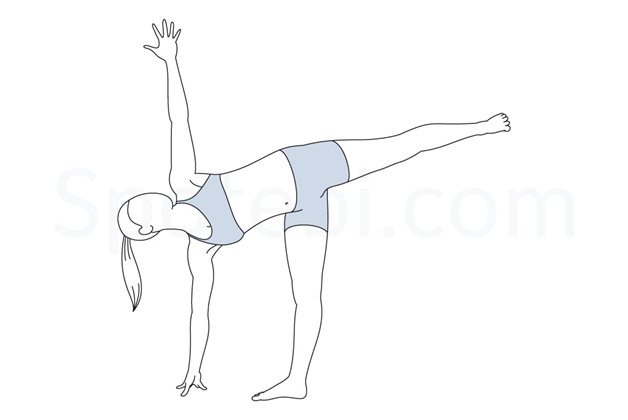
Poses that demand twisting, twirling or compressing can put undue stress on your abdominal region during pregnancy. As the embryo attaches itself to the uterine wall, the formation of the placenta begins and thus you will have to monitor your stomach movements.
Any twisting movements can decrease the flow of blood to your abdominal region by compressing the nerves. You need to avoid Moon Pose, Boat Pose, Spinal Twist towards the Knees and others.
3. Yoga poses that demand too much stretch
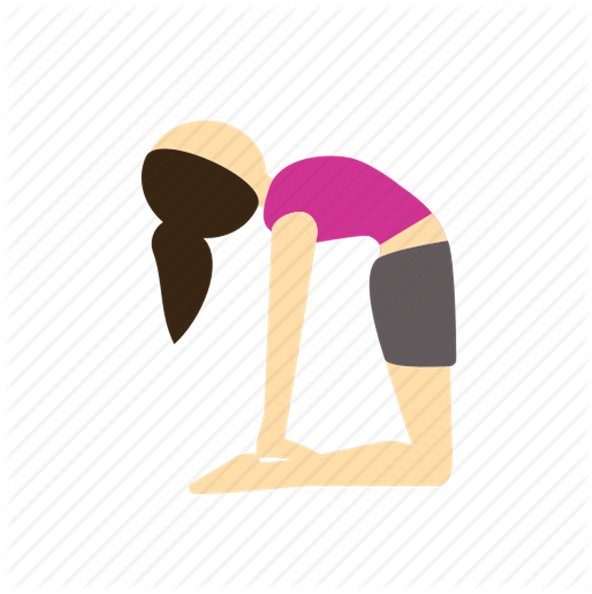
Stretching yoga poses like camel pose, fish pose and wheel pose asks you to stretch your body which may cause harm to your joints and ligaments. Always keep in mind that your body starts preparing for labor and childbirth and this leads to your muscles and ligaments becoming more flexible than before. When you do any kind of extreme stretching yoga poses during your second or third trimester, you may end up hurting your ligaments or pelvic joints.
4. Yoga poses where you need to lie back
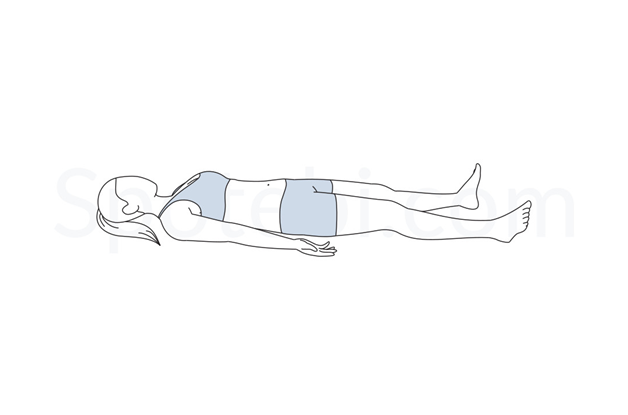
Though lying back pose or savasana pose is one of the easiest yoga asana lying back for several minutes may put pressure on the inferior vena cava. The nerve in the back called the vena cava performs vital functions during pregnancy, which is transferring deoxygenated blood from the lower part of the body back to the heart. Lying for a longer duration on your back may harm this nerve and cause various complications.
Lying on your back during pregnancy may also trigger the feeling of nausea, can cause lower back pain, increase blood pressure and also cause heartburn.
5. Yoga poses that involves inversion poses
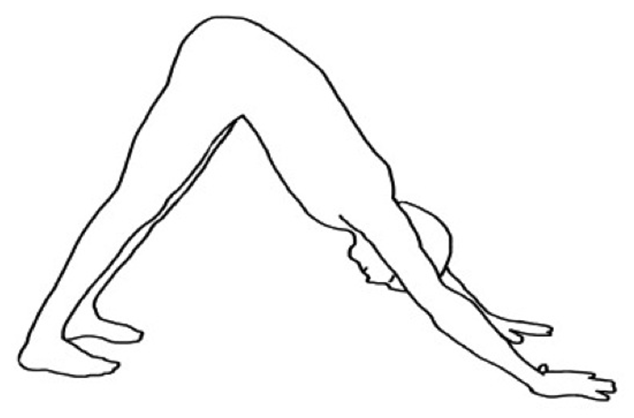
Yoga poses that involve inversion poses like shoulder or headstand or downward facing dog pose can make you extremely nauseous and giddy during pregnancy. In this period you gain a substantial amount of weight to nurture your unborn child. As your tummy grows, it will become difficult for you to maintain your centre of gravity and thus your body’s balance.
Doing inversion poses in the second or third trimester of your pregnancy may cause extreme dizziness and you may even lose your balance. Both these situations can prove to be fatal for you and your unborn child.
6. Heated yoga poses
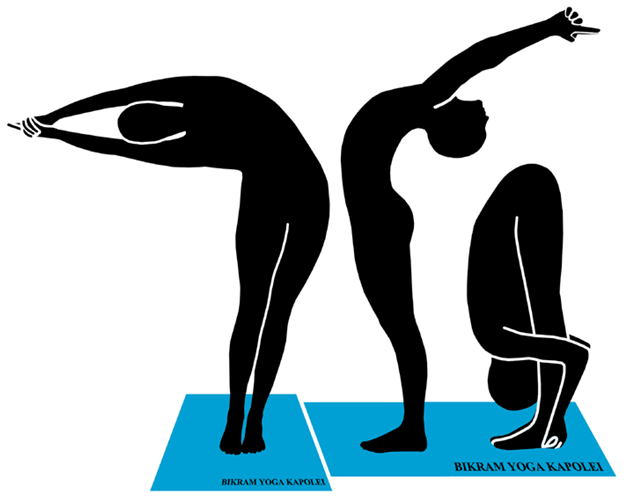
There are some yoga poses, which are said to increase body heat such as the Bikram Yoga. Such yoga poses should be completely avoided in all the trimesters of pregnancy as they not only cause dehydration but also elevate body heat during pregnancy.
7. The Belly Down Poses

As your pregnancy moves its journey to the third trimester it will be more difficult for you to lie on your tummy or bend down. Your baby is fast growing and it tends to squeeze your internal organs and any kind of extra stress by bending down from the tummy or lying on your tummy may put extra pressure on your abdominal region and may cause you and your baby harm So avoid such yoga poses like Swan Pose, Cobra Pose, Bow Pose, Locust Pose.
Yoga poses that are good for Prenatal Yoga
The following yoga poses are good when you think of prenatal yoga
1. Cat Cow Pose
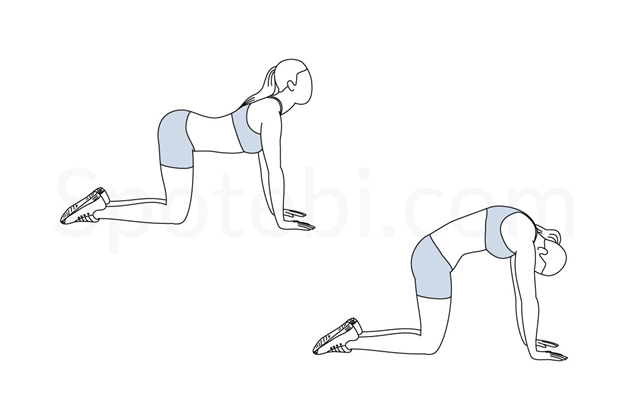
Cat Cow pose is safe for all stages of pregnancy and will help you strength your deep core muscles while lengthening your spine. Use this exercise to help in stretching your belly when you hit growth spurts, and be sure to practice deep belly breathing on this one!
2. Warrior II Pose
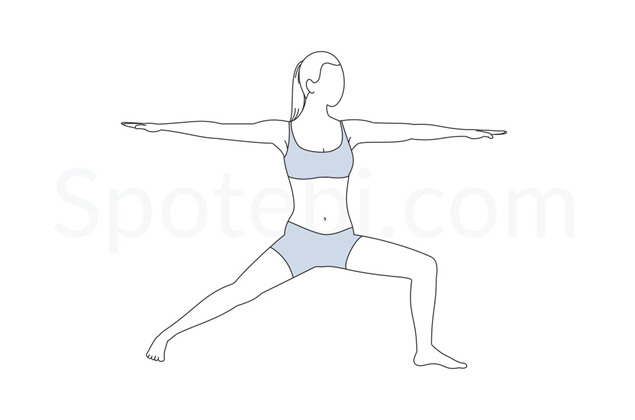
Warrior II is also safe for all trimesters of pregnancy and will help you strengthen your legs and core while lengthening your spine and opening up your sides. Note that approaching the third semester you can experience uncomfortable pulling in your pubic area or the front of your hips then try decreasing your range of motion. If you still experience any discomfort, discontinue Warrior 2 for the remainder of your pregnancy.
3. Bridge Pose
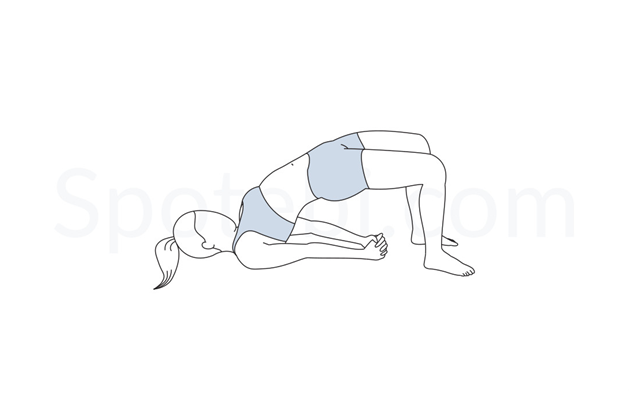
Bridge yoga pose is safe for all trimesters if you feel comfortable on your back. Many women love this pose for opening up their hips and strengthening their core, glutes and hamstrings. You need to be sure to start on your side, then roll to your back, moving your body into bridge pose, which will minimize stress on your rectus abdominis the front part of your abs.
4. The King Pigeon Pose

The King Pigeon Pose is another safe for all trimesters of pregnancy and as your tummy grows you can even modify it according to your comfort. When doing this prenatal pose, think about keeping a light core connection and lengthening through the top of your head. This allows for the deeper opening of your hips by giving your deep core more support, rather than just sinking into the stretch.
5. The Tree Pose
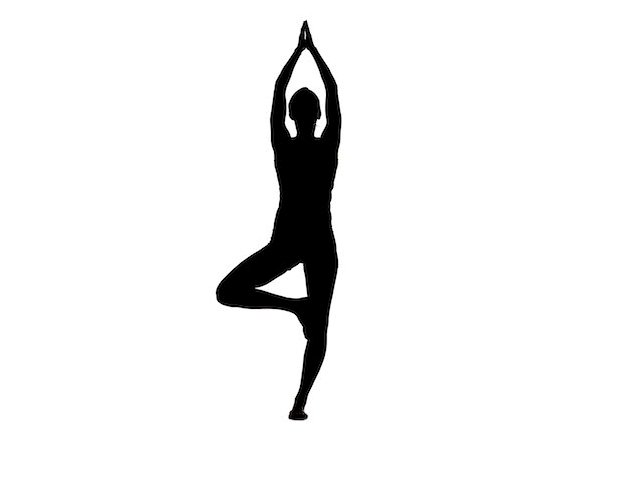
Tree pose is safe for all trimesters and is all about balancing while strengthening your core and legs. All you need to do is to be aware of your balance shifting as your pregnancy progresses. You can place one hand on a supportive surface or use a wall to help steady your balance when doing this pose.
Yoga Semesters and Poses
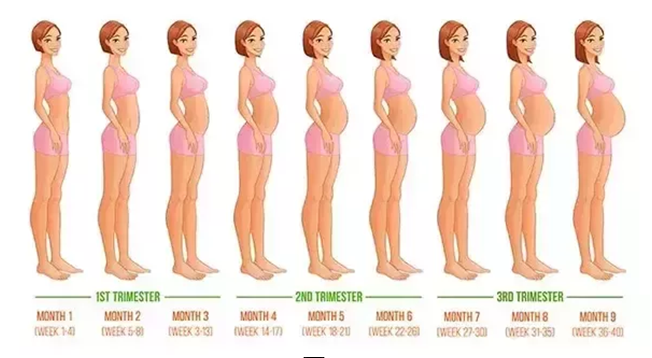
Prenatal Yoga comes in trimesters. Exercising is important during pregnancy but more than that it is you and your baby’s well-being that holds priority. Therefore, do not challenge yourself and do things that your body cannot cope with and a strenuous yoga workout is one of them. It is important that you consult your healthcare practitioner before following any exercise regime and also know about various yoga moves to avoid during pregnancy.
For the best interest of your baby, you should get help from an expert in doing various yoga poses during pregnancy. Apart from this, you must drink enough water to keep yourself well-hydrated. Get clues from your body and if anything makes you feel uncomfortable, do not push yourself to do it.
Following are the yoga semesters and poses to perform
First Trimester Yoga
The first semester of yoga is the time when your body is in the process of implanting the embryo and beginning development. As this time your body is having minimum postural changes and your belly is not growing you can tune in your body and form the yoga habit. The first trimester also will make you feel tired or nauseated so take it easy and you can change the sequence if you like.
Those who are new to yoga can get tired easily but the women who already do regular yoga before pregnancy will find it easy. It’s better to tell your yoga teacher if you are new to yoga so that she can assist you as to how to start and tune your body with a prenatal class.
Second Trimester Yoga
The second trimester of yoga begins when the embryo is implanted and starts growing. Yoga experts say that the second trimester is the ideal time to start prenatal yoga. You’re probably past the worst of your morning sickness if you had any. Your belly is starting to make an appearance, so you’re in greater need of pregnancy-specific poses and advice.
As your uterus expands, it’s time to stop doing any poses where you are lying on your belly. Also avoid deep twists, which are not very comfortable at this point.
Third Trimester Yoga
At the third trimester yoga is needed when your belly grows, prompting more adaptations to make room for it in standing poses. During this trimester yoga you need to be stable and avoid anything that could make you fall, twist, compress, perform inversions or twirl. You can change your yoga sequence accordingly.
Where to take prenatal yoga classes in Australia?
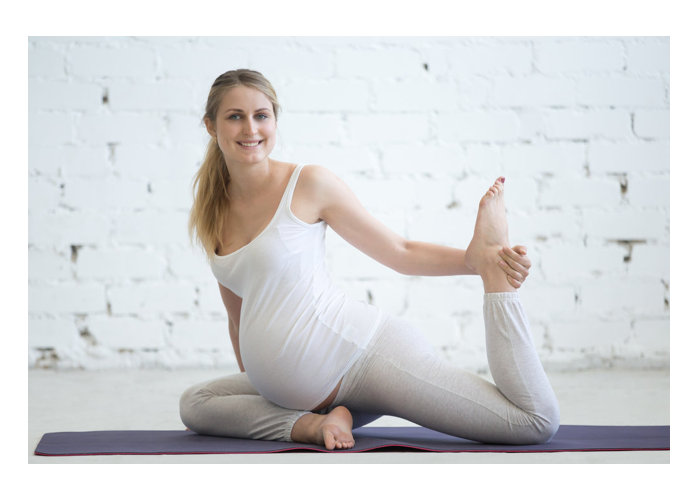
If you reside in Australia you can take prenatal yoga classes at the following yoga studios.
- Mothernurtureyoga: Their yoga classes, courses and retreats are held in Blacktown, Carlingford, Castle Hill, Chatswood, Hornsby, North Parramatta, Russell Lea and Sydney CBD. Click here to contact us.
- Womb in Bloom: They offer a range of services for new mothers including Prenatal and Postnatal Yoga, Mindfulness meditation classes, Active Birth & Mindfulness-Based Childbirth Education workshops, Mother Blessings, Birthing Ceremonies, Perinatal Counselling and Birth Support. Click here to contact now
- The life pod: They provide Birth, Yoga & Health services in Paddington, Sydney.
- Yoga baby: Their qualified yoga teachers will support and guide you through your Pregnancy.
There are other prenatal yoga studios that you can explore at Australia like My Mommasaid; Yoga birth and beyond ; Mindful birthing; Yoga synergy and others.
Points to remember before you opt for pregnancy yoga classes

Before you think of joining any pregnancy yoga classes you should consider the following points:
- If you have never done yoga in your life then look for a class, and stick to those labeled “prenatal yoga,” as their teachers will be best able to instruct you appropriately.
- But if already doing yoga and attending a yoga studio then, be sure to tell your teacher that you are pregnant.
- Some women only have the opportunity to take up prenatal yoga in the third trimester. You will still benefit from the classes if this is your situation, but the earlier in your pregnancy you can start, the better.
- For regular yoga doer you can continue to practice doing yoga throughout pregnancy if you feel comfortable.
- For those who are afraid of joining pregnancy yoga classes you can begin with simple yoga poses like prenatal sun salutations.
- If your pregnancy is considered high risk or you have other complications, ask your doctor before starting yoga.
- If you practice a very vigorous form of Vinyasa yoga, like Ashtanga or Power Yoga, you need to be flexible and willing to adapt your pace as necessary or try simpler styles as your pregnancy progresses.
- Your body produces a hormone called relaxin throughout your pregnancy that helps to make room for your growing baby and prepare for delivery. The presence of relaxin may make you feel more flexible than usual, but be careful not to overstretch; it’s also possible to destabilize joints and ligaments during this time.
- Avoid falling at all cost when balancing and doing different yoga poses and minimize the risk of any complications once your belly starts showing signs of you being pregnant.
- Also don’t perform yoga poses that make you feel light headed or risk you to fainting.
Note that when you are pregnant your body is working hard and you need to take things easy and don’t push too hard to something that makes you uncomfortable or stressful. Your only goal to take pregnancy yoga classes is to increase flexibility, relieve stress and work on your easy breathing. Only do as much as your body can take and stop as well as rest between the yoga asanas listening to your body first.
There is no scientific proof that prenatal yoga is beneficial to expectant mothers and their to-be-born babies. Finally, remember that there is a precious life growing inside you that needs to be nurtured and grow with care and love.
